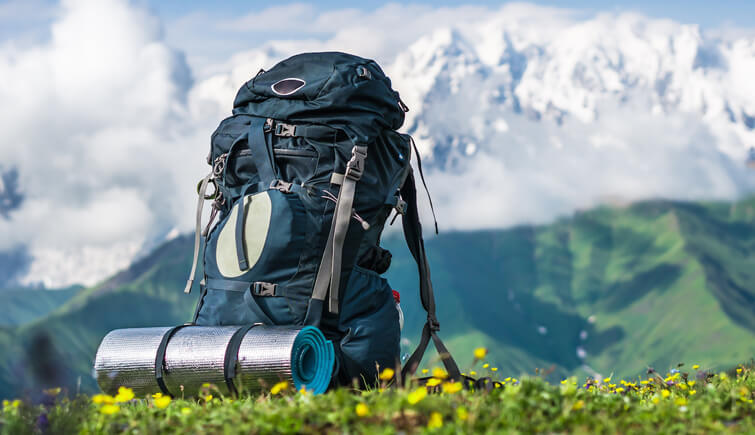If you’re looking for a unique way to explore India, why not do it on foot? Hiking in India is an incredible experience that allows you to get up close and personal with the country’s stunning landscapes. With its diverse terrain, lush forests, and picturesque mountain views, there are plenty of trails for hikers of all levels—from novice to expert. But before you start your journey, it’s important to know what you’re getting yourself into. In this blog post, we’ll provide you with some essential tips for hiking in India so that you can make the most out of your adventure. From gearing up with the right equipment to finding the best trails and more, read on to learn how you can plan an unforgettable outdoor experience!
Fitness as First Priority
When it comes to hiking in India, fitness should be your first priority. While the country is home to some of the most beautiful hiking trails in the world, they can also be quite challenging. If you’re not in good shape, you may find yourself struggling to keep up with the group or even worse, getting lost.
That’s why it’s important to make sure you’re physically prepared for a hike before heading out. Here are a few tips to get you started:
- Start slow and build up gradually. If you’re new to hiking, don’t try to take on a difficult trail right away. Start with an easy one and work your way up as your fitness level improves.
- Make sure you have the proper equipment. A good pair of hiking boots is a must, and make sure you have plenty of water and snacks to keep energy levels up.
- Be aware of your limits and know when to turn back. It’s better to turn around and head back early than push yourself too hard and end up getting hurt or lost.
By following these tips, you’ll be sure to have a safe and enjoyable hike through India’s stunning landscape.
Walk Slowly
When hiking in India, it is important to walk slowly and take your time. This will allow you to enjoy the scenery and avoid getting lost or injured. Here are some tips for walking slowly:
-Start by walking at a slower pace than you normally would. This will help you get used to the new surroundings and terrain.
– Take frequent breaks to rest and drink water. This will help you stay hydrated and prevent heat exhaustion.
– Pay attention to your surroundings and where you are walking. If you are not familiar with the area, it is easy to get lost or fall off of a cliff.
– Wear appropriate shoes and clothing for the conditions. Make sure your shoes have good traction and that you are wearing light, breathable clothing in hot weather.
– Use trekking poles if necessary. They can help you keep your balance on uneven terrain and prevent injuries.
Choose a Trekking Agency
When choosing a trekking agency, it’s important to do your research to ensure you’re selecting a reputable company. Here are some tips to help you choose the best possible agency for your hiking trip in India:
-Check reviews from previous customers to get an idea of the level of service offered.
-Ask about the experience of the guides who will be leading your trip.
-Inquire about what type of equipment is provided by the agency and what you will need to bring yourself.
-Get a detailed itinerary from the agency so that you know exactly what to expect during your trip.
-Make sure that the agency is insured and has all the necessary permits to operate in India.
By following these tips, you can be confident that you’ve chosen a reputable and reliable trekking agency for your hike in India!
Tread Softly
When hiking in India, it’s important to be respectful of the local culture and customs. Here are a few tips to help you make the most of your hike:
- Plan your route in advance and get permission from the relevant authorities if necessary.
- Be aware of the local weather conditions and plan accordingly.
- Pack light and only bring essential items with you.
- Be respectful of religious sites and dress appropriately when visiting them.
- Keep to well-marked trails and avoid hiking alone in remote areas.


0 Comment